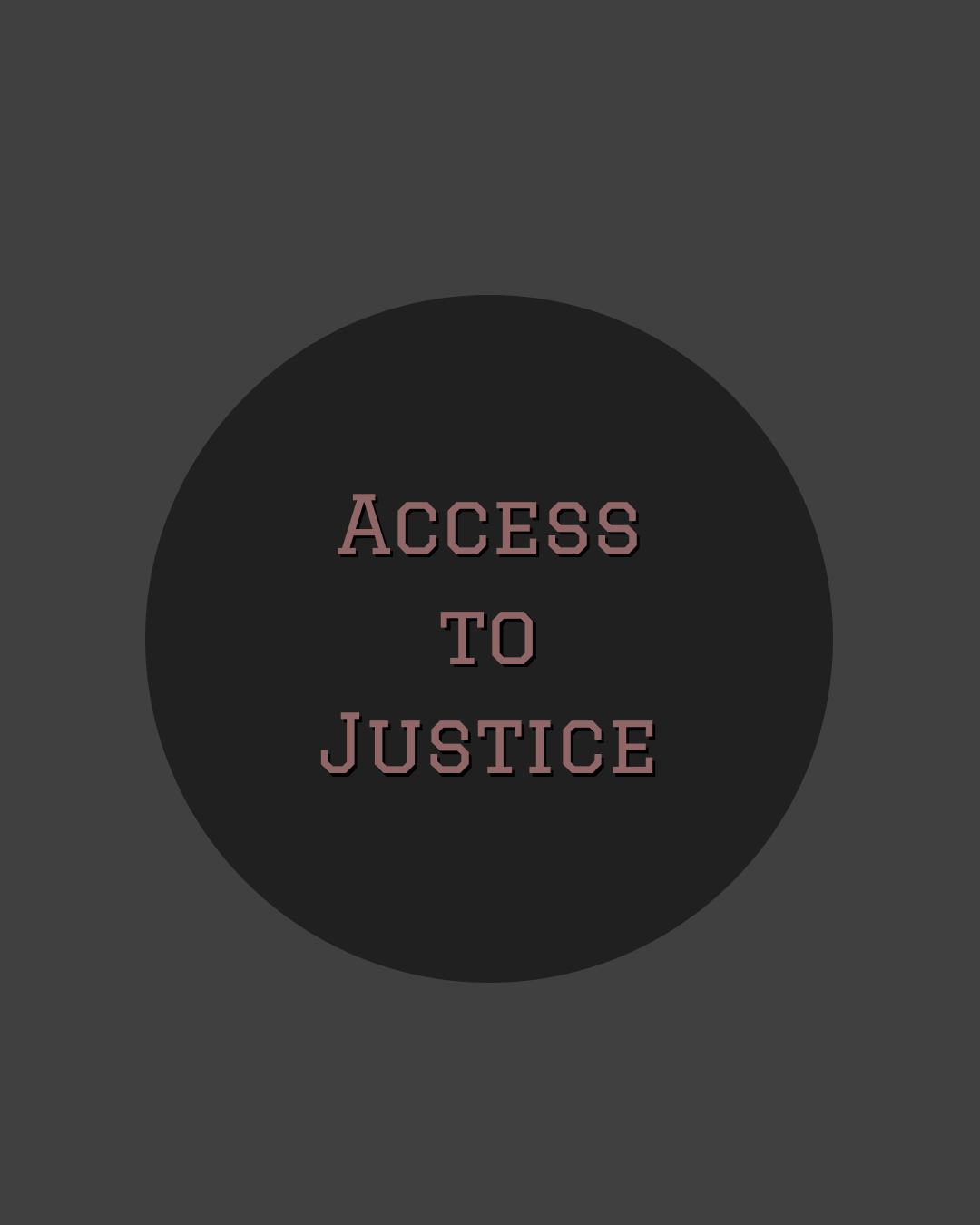“The Two Teachers Indians Should Garner Inspiration From”
- TypeLegal

- Sep 5, 2020
- 3 min read
Author- Mohd. Kumail Haider*
On the occasion of Teacher’s Day falling every 5th September, it is immensely important to reminisce Savitribai Phule and Fatima Shaikh, the two women who together, pioneered reform at a time when education was reserved only for upper caste males and female educators were unheard of.
When Jyotirao and Savitribai were asked to vacate their ancestral house by Jyotirao’s father – as he was angry with the reform agenda of the couple – it was Sheikh Fatima and her brother Usman Sheikh who opened the doors of their house for the Phules. The Phule couple lived with Fatima and her brother Usman Shaikh at their house in Mominpura in Ganj Peth between 1841- 1847 after they were ostracized by the Mali community. It was the same building in which the girls’ school was started. It wouldn’t have been easy for them to do so, considering the fact that the social elite of the time were dead against the idea of girls going to school – and that too from all castes and religions together.
It is mentioned that the number of girl students in Jotirao’s (sic) school was ten times more than the number of boys studying in the government schools as per The Poona Observer in 1852. As part of the Satyashodhak Samaj (truth seeker’s society) set up in 1833, Savitribai promoted marriages without Brahmin priests. The ceremony required the bridegroom to take an oath of giving education and equal rights to women.
Savitribai and Jyotirao Phule’s struggle against the caste system and monopoly of male education was difficult enough, but little attention is given to the fact that they were joined in their mission by a woman like Fatima Sheikh, who faced the dual stigma of being both a Muslim and woman. It is also extremely significant that she, as a minority, taught children from other religions as well. As her works are not documented, we can only assume how difficult it must have been for a Muslim woman to work for girls’ education, which was considered irreligious at that time, especially in the Hindu-dominated Pune society. Some writers suggest she was opposed by both the Hindu and the Muslim community for what she was doing. Fatima accompanied Savitribai in her journey to gain legitimacy as a teacher, and apparently trained at the same institute as she did. She taught at all the five schools the Phules opened, and continued to teach until 1856
While it was not just education where Savitribai was fiercely breaking barriers. She also started a home for pregnant widows, who were otherwise shamed and shunned. Children of widows were ostracised in society, but Savitribai and her husband adopted Yashwant, the child of a Brahmin widow.

Both their contributions to society are truly intersectional, and the amount of resistance they must have faced is unfathomable. Both Fatima Sheikh and Savitribai Phule were steadfast in solidarity with the cause of educating Dalits, Adivasis, Bahujans, and women. It is important to note that this was at a time when many upper-Caste Hindus remained wary. Their friendship was one of respect, compassion and synergy. Throughout their time together, Savitri would often mention her, with affection and concern, in her letters to Jyotirao.
Today, their friendship lives in the form of the work they have done in creating both foundational will and actual structures towards the upliftment of the marginalized. It remains undeniable that the association of Savitribai, Jyotirao, Fatima and the Dalit, Adivasi and Bahujan communities they worked with represents a line of solidarity continuing into the contemporary call for Unity of the Oppressed.
*The author can be approached via mail at kumailhaider777@gmail.com and goes on twitter with the username- @kumailhaider777







Comments